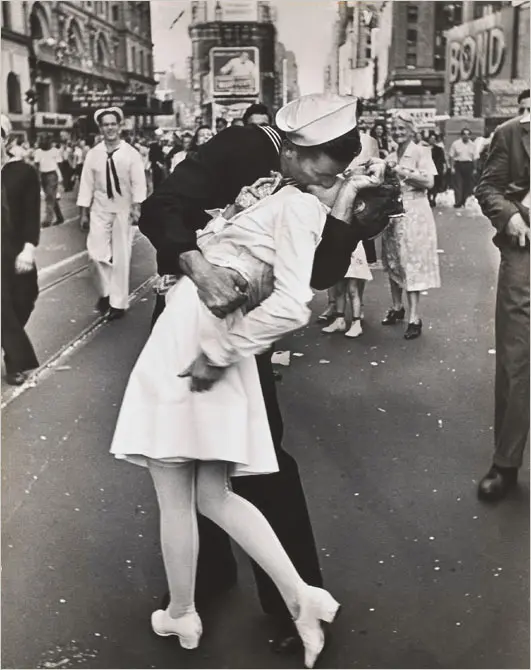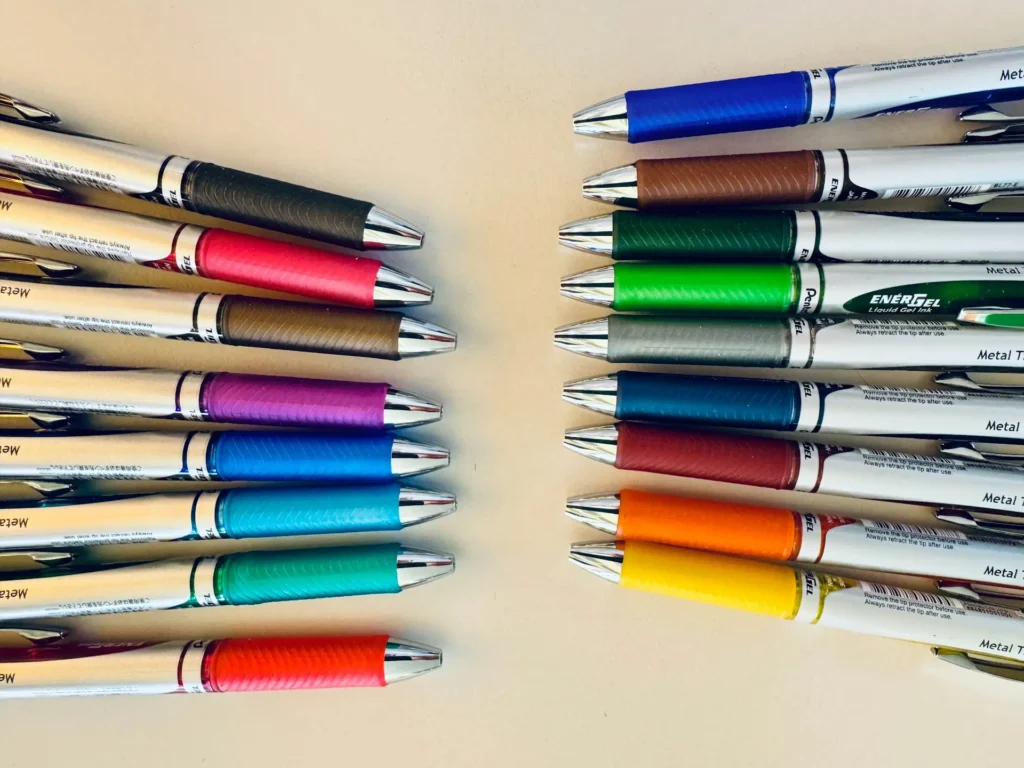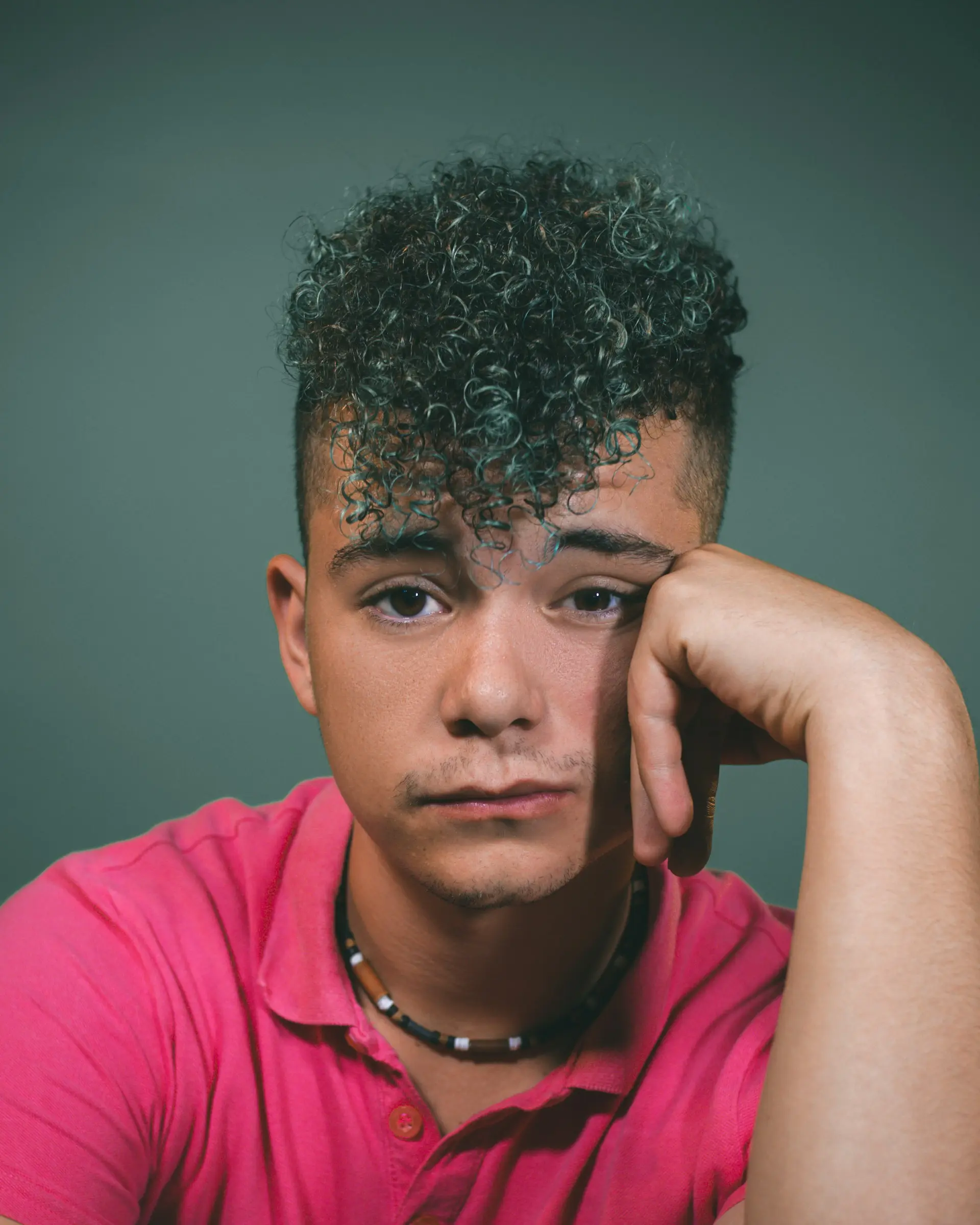Have you heard? Learning Studios might be the next trend. It is the driving force behind a new high school in Compton, CA. The designer, Alenoush Aghajanians, describes her project as “new and beautiful with families clamoring to get in.” I get it. Just the smell of new invigorates me! But I remain skeptical.
As an English teacher, I witnessed many educational shifts: book report posters to book report PowerPoints to one-page write ups; group projects with group grades (early DEI nonsense) to group projects with students grading each other (Ouch!). Silent Reading gave everyone 15 wonderful minutes to read a book of their choice every day until the district office stopped supporting it. There were portfolios for many years, and then there were none.
Common Core upended Language Arts by requiring multi-sourced essays. Students weren’t ready. And neither were teachers. There were no articles written for high school reading levels. We had to improvised for years. Then, businesses finally launched researchable articles for teens. Our cart was way ahead of the horse on that one.
Professional Learning Communities were imposed on us because some low-performing districts got a grade bump. PowerPoints showed us unconvincing stats, never from similar demographics. Nonetheless, the district jumped in with this all-consuming, expensive program. Teachers were constantly forced to switch instructional materials and grade levels. Depth was no longer valued. We were expected to teach the same things, the same way. Priorities should be about instruction, not mindless alignment. Micromanaging continued with the grade inflation of DEI.
Now education got dusted off again. Aghajanians eagerly boasts, “Students will have infrastructures to work, like an office space, let’s say, in the real world.” The Compton High principal, Larry Natividad, surmises, “It is like a college setting.” But these are not college students or professionals. In fact, freshmen are just a few months away from middle school. And, I might add, they are already IN a very “real world.” It’s called high school.
The classrooms will have lots of windows to view outside and interior hallways. Apparently, Aghajanians wasn’t warned about easily distracted teens. I papered the bottom row of my classroom windows for this reason. Also, cord rails in the ceilings will allow for movable technology, so students can work where they want. But who says they will all actually want to work? You can graduate high school with a D- average.

Instead of classrooms, teachers will be allotted a small space in the community room. No more quiet, private spaces for grading papers, lesson planning, reading, calling parents, hosting meetings. No place for students to stop in to ask for help or just chat
LA Unified high school teacher, Nicolle Fefferman, has concerns: “I build a physical space that reflects a little of who I am, a little of who my students are, a little about our content and a little about our school community.” Every teacher does. But they won’t have a classroom. There wouldn’t be any place to hang a poster anyway. Classrooms will be all white boards and windows. What a shame.

Students benefit from content-rich artifacts that bring curriculum to life. Alfred Eisenstaedt’s “V-J Day in Times Square” poster was on my wall for years. As the story goes, when New York heard of Japan’s surrender, they understood that the war would soon end. Joyful people flooded the streets. Relief was palpable. Eisenstaedt took 100’s of pictures. He noticed a sailor rushing down the street, kissing random women, so the photographer got in front of him and captured the shot that became Life magazine’s cover. That kiss symbolized the moment, the commemorative kiss between strangers, with a striking contrast of black and white. Many claimed to be that man or that woman! Must have been a lot of kissing that day!
I also used The Kiss poster to teach allusion from a 1940s play advertisement about an interracial couple. Although interracial marriage was legal in New York, many still disapproved. On the play ad, a Black man and White woman are kissing, in an apartment at night. The pose was VERY similar to Eisenstaedt’s picture: the dip kiss with contrasting dark and light, but this time skin versus clothing. We discussed the contradictory feelings of a celebration of freedom (The Kiss) against a lack of freedom for the interracial couple. We compared and discussed every aspect of the two images.
Because the best learning is layered, I continued with an allusion in Demolition Man, starring Sandra Bullock and Sylvester Stallone. A devastating war ends. The good guys win but no one will ever be quite the same. Then, I show the final scene of this futuristic movie where the two main characters dip kiss. Students gradually realize this moment alludes to The Kiss poster on my wall.
To dig deeper, I asked for proof and purpose. Eventually, we pondered the interesting anachronism of this very old-fashioned kiss in a futuristic movie. Students realized we were meant to notice that iconic kiss. It adds meaning to the film, perhaps suggesting that the old ways might be better, more passionate. Students also learned that spotting allusion is fun. For the rest of the year, when students look at that poster, they might recall our allusion discussions, which reinforces learning again.

Just for fun one year, I stuck a suction-cupped, soft rubber nose shampoo dispenser on the whiteboard. When a student finally asked, I said, “Put your hand under Mr. Nosy and squeeze.” Eventually, a brave soul took the challenge, to a collective “ewww” and laughter. I had filled it with yellow hand sanitizer. Then, Melissa said Mr. Nosy needs a face, so I suggested she give him one. We were blessed with a different Disney character every day. Soon, someone from another class asked to do a face and Nosy Wars were on. Students ran to class to get to Mr. Nosy first.

Another spontaneous moment occurred after I couldn’t help noticing some chronic pen clicking in a freshman class. I decided to wear out those thumbs. It was time to invent Rain Forest. I had everyone get out or borrow a clicky pen. We turned the lights off and closed the blinds. I told a story about trying to sleep late at night when it started to sprinkle (pens clicking a bit). Then, it was raining (more clicking). Flashing the ceiling lights created lightning and students stomped to make thunder. Sometimes, it even rolled. Then, a downpour! (Crazy Clicking!) Shortly after that, I reversed the story until the room was quiet. It didn’t stop the clicking as I had hoped, but Rain Forest gave us a fun little break. We played occasionally throughout the year. Other classes started asking for Rain Forest, even in the following years. A tradition was born.
Many high schoolers still bond with their teachers and classrooms. Many teachers have fun little traditions that only work in their own room. So yes, Ms Fefferman, I sympathize. A learning environment should be stimulating, not sterile. Nonetheless, I do wish Compton High a wonderful, productive future. I’m sure they’ll make adjustments if necessary. It’s just, once again, too bad they didn’t listen more to teachers to begin with.
Work Cited
Blume, Howard. “‘Learning Studio’ Is the New High School Classroom. Will Teachers Embrace the Concept”? Los Angeles Times, 10 June 2025, https://www.latimes.com/california/ story/2025-06-10/learning-studios-are-the-new-high-school-classrooms. Accessed 18 June 2025.

